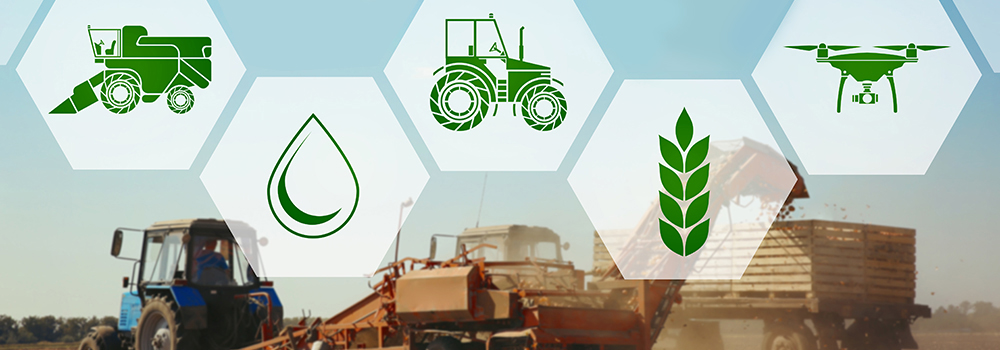Precision agriculture, an innovative strategy to present day farming, leverages technology and data-driven observations to enhance numerous facets of agricultural methods. Recently, the integration of Laboratory Information Management Systems LIMS has appeared as being a game-altering development in precision agriculture, allowing farmers and researchers to improve productivity, reduce source of information waste, and make sure sustainable procedures. LIMS, generally utilized in scientific laboratories, have realized a new application in agriculture by in the role of a central platform to handle and evaluate a wide range of agricultural data. From soil and water quality reviews to crop health monitoring and deliver estimations, LIMS give a thorough remedy for gathering, storing, and interpreting essential information. Soil samples, for example, can be precisely assessed for nutrient content, pH levels, and also other important guidelines. Such foresight not simply improves productivity but in addition plays a part in food security by ensuring a reliable supply of great-quality plants.

LIMS allow farmers to monitor these variables as time passes, facilitating a much deeper knowledge of soil health and aiding within the formulation of customized fertilization strategies. By getting real-time ideas, farmers can modify their methods rapidly, making sure best crop growth and decreasing overuse of sources. Moreover, LIMS make it possible for integration along with other agricultural technologies, like far off sensing and geographic information systems GIS. These integrations provide an all-natural take a look at the farm, combining data from a variety of sources to create thorough maps and designs. This spatial information guides farmers in applying site-distinct methods, like factor-price application of inputs. As an illustration, when a number of parts of an industry shows very poor soil quality, LIMS will help in tailoring irrigation and fertilization attempts, therefore steering clear of unnecessary fees and environmental effect. The predictive capabilities of LIMS in precision agriculture are truly transformative. By analyzing ancient data and recent situations, these systems can make forecasts about crop results in, disease breakouts, and pest infestations. Farmers could make informed selections according to these prophecies, implementing preemptive measures to minimize dangers and optimize production.
LIMS also enjoy a critical function in maximizing collaboration and knowledge sharing within the agricultural group. Research workers can upload their conclusions to the program, contributing to a combined pool area of information. This collaborative approach speeds up innovation, allowing farmers to gain access to the most up-to-date ideas and methods. Furthermore, LIMS can help compliance with restrictions and qualification standards by keeping extensive data of farming procedures and inputs employed and learn more info at https://atlab.com/industries/agriculture-farming-lims/. As precision agriculture is constantly acquiring grip globally, LIMS are getting to be increasingly accessible and consumer-helpful. Cloud-centered remedies eliminate the demand for substantial components ventures and offer farmers with the flexibility to gain access to their data through the spot. This democratization of technology levels the playing discipline for little-range farmers, empowering them resources to help make knowledgeable choices that enhance their brings and revenue. As technology is constantly develop, the smooth integration of LIMS with many other agricultural improvement offers to more transform the way we approach farming, making certain a much brighter and much more fruitful long term for agriculture.
